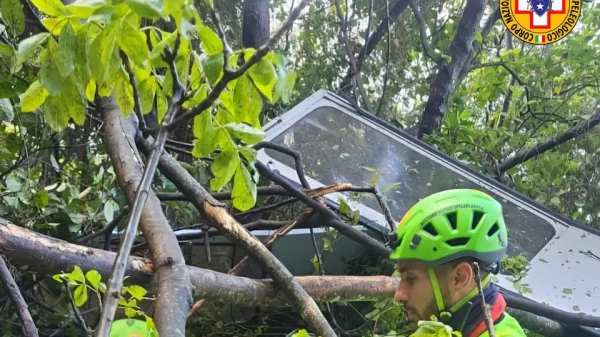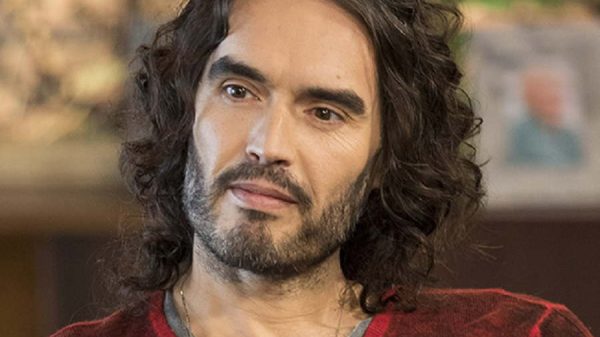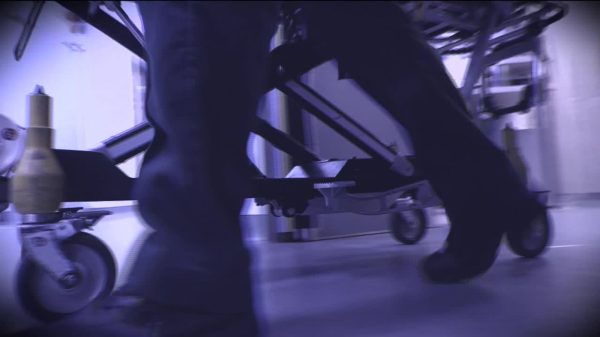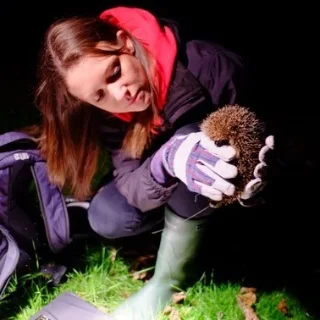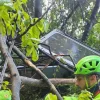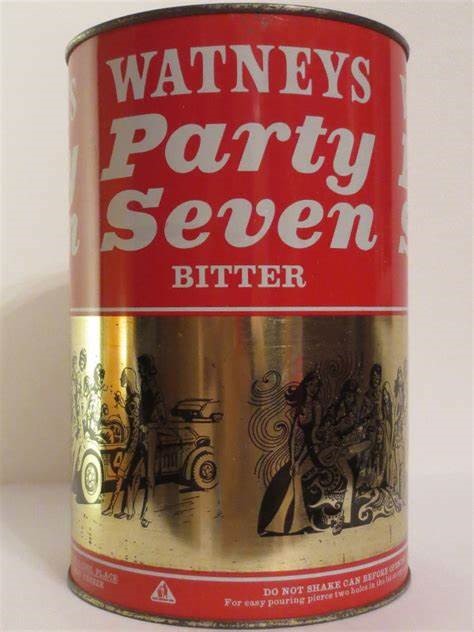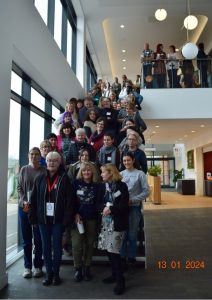
Hedgehogs are being injured in gardens by robot lawnmowers used at nightfall, an international conference was told.
More and more hedgehogs are making their homes in gardens throughout the UK.
However, some fall victim to mowers automatically turning on to cut the grass.
Now conservationists and hedgehog carers are calling for robotic lawnmower makers to change their designs.
The hedgehog is one of Britain’s most rapidly declining wildlife species.
In fact, its numbers are diminishing across Europe.

Dr Sophie Lund Rasmussen – known as Dr Hedgehog – told the International Conference for Hedgehog Rehabilitators:
“Not all mowers are a danger to hedgehogs – but some are.
“Our research has helped two major mower manufacturers design a mower that is hedgehog friendly.
“It seems likely that hedgehogs will come across several robot lawnmowers in their lifetime.
“The hogs have taken to foraging in gardens and green urban spaces.
“From studying these encounters, we have helped manufacturers design a mower that will improve the animal’s safety.
“There is an urgent need to identify and phase out models of robotic lawnmowers that pose a threat to hedgehogs.
“Our new standardised safety test will aid hedgehog conservation, by enabling manufacturers of robotic lawnmowers to ensure their models are ‘hedgehog friendly’ before they are put on the market.”
Dr Stephan Meyer at STIHL – one of the industry partners supporting Dr Rasmussen’s research – and a member of the project team said:
“STIHL highly values the effect of these findings on the development of robotic lawn mowers.
“We are using the learnings from this interactive project to improve the situation for people and animals.
“The results of the studies will form the scientific basis for the development of a safety standard to protect hedgehogs.”
A spokesperson from mower maker Husqvarna said:
“We have a 30-year-old history in robotic lawn mowing and safety has always been our top priority.
“We were early to introduce the lightweight pivoting blades, which research has proven to be more ‘hedgehog-friendly’.
“The research conducted by Dr Rasmussen and her team will help us develop functions that will even more help to cater for keeping wildlife safe in our home gardens.”
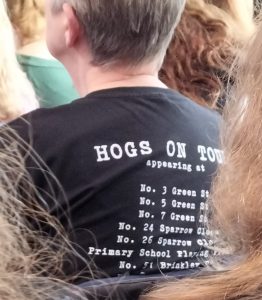
Picture: A conference carer
Hedgehog carers throughout the UK noticed last year an increase in numbers of injured animals being brought in during May.
Scientists believe the rise in numbers could be linked to “No Mow May” when people were urged not to cut their lawns to help wildlife.
All gardeners and local authority utility workers are urged to check lawns and verges before they mow or strim.
The international conference was held at Hartpury University in Gloucestershire.
More than 200 people from 14 countries attended the two-day meeting.
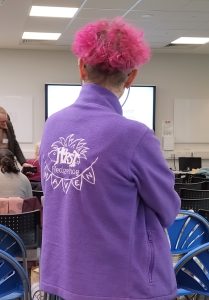
Picture: A hedgehog carer
Dr Lucy Bearman-Brown and Dr Lund Rasmussen organized it along with others.
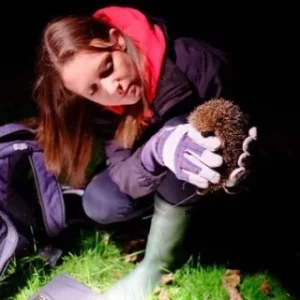
Picture: Dr Lucy Bearman-Brown
Dr Bearman-Brown said:
“Wildlife rehabilitators contribute so much to animal welfare and conservation.
“They work incredibly hard to meet the needs of the animals they care for.
“It has been fantastic giving so many who are actively caring for sick and injured hedgehogs an opportunity to come together, learn and build networks.
“Having other people who understand what you do is critical to wellbeing and improving practice.
“To provide an environment where people can come together to share their experiences has been brilliant.”
The conference offered discussions about the latest hedgehog research and conservation.
Most attendees were at the sharp end of hedgehog care – looking after sick and injured hogs brought in by the public.
Some carers nurse hogs back to health before release while others fed orphaned hoglets – weighing next to nothing – up to four times a night.
One senior carer said: “It’s like having baby – up and down all night.
“However, the hoglet needs constant feeding, treatment and intensive care to gain weight to hopefully be released.”
There are more than 600 centres in the UK that take in an estimated 40,000 hedgehogs a year.
Most are volunteer groups with a handful of charities being at the fore.
“Hedgehog hospitals” hope to nurse back to health more than 50% of their “patients” and release them back into the wild.
Many hogs are either injured, orphaned, or suffering from a parasite induced illness.

